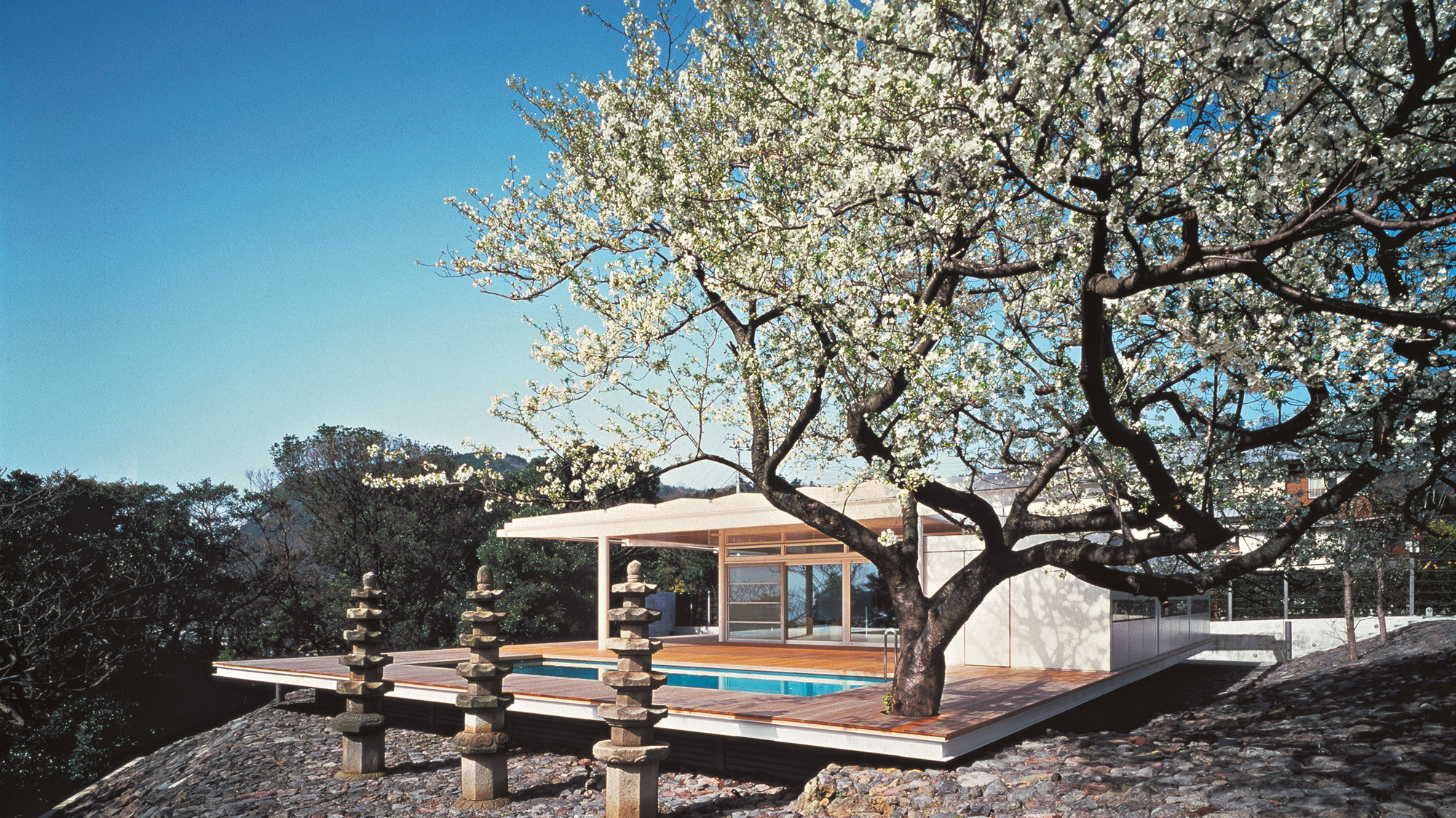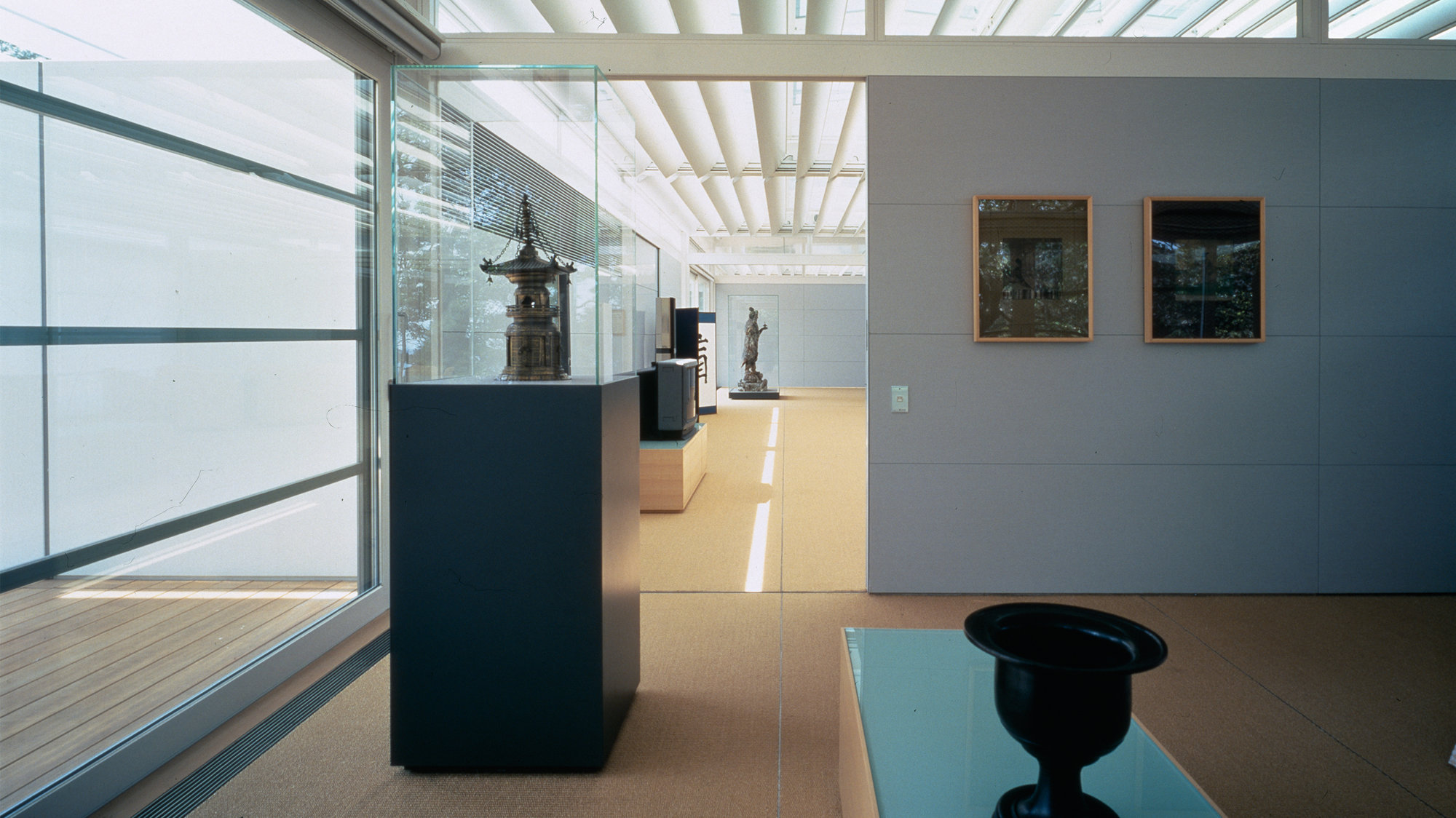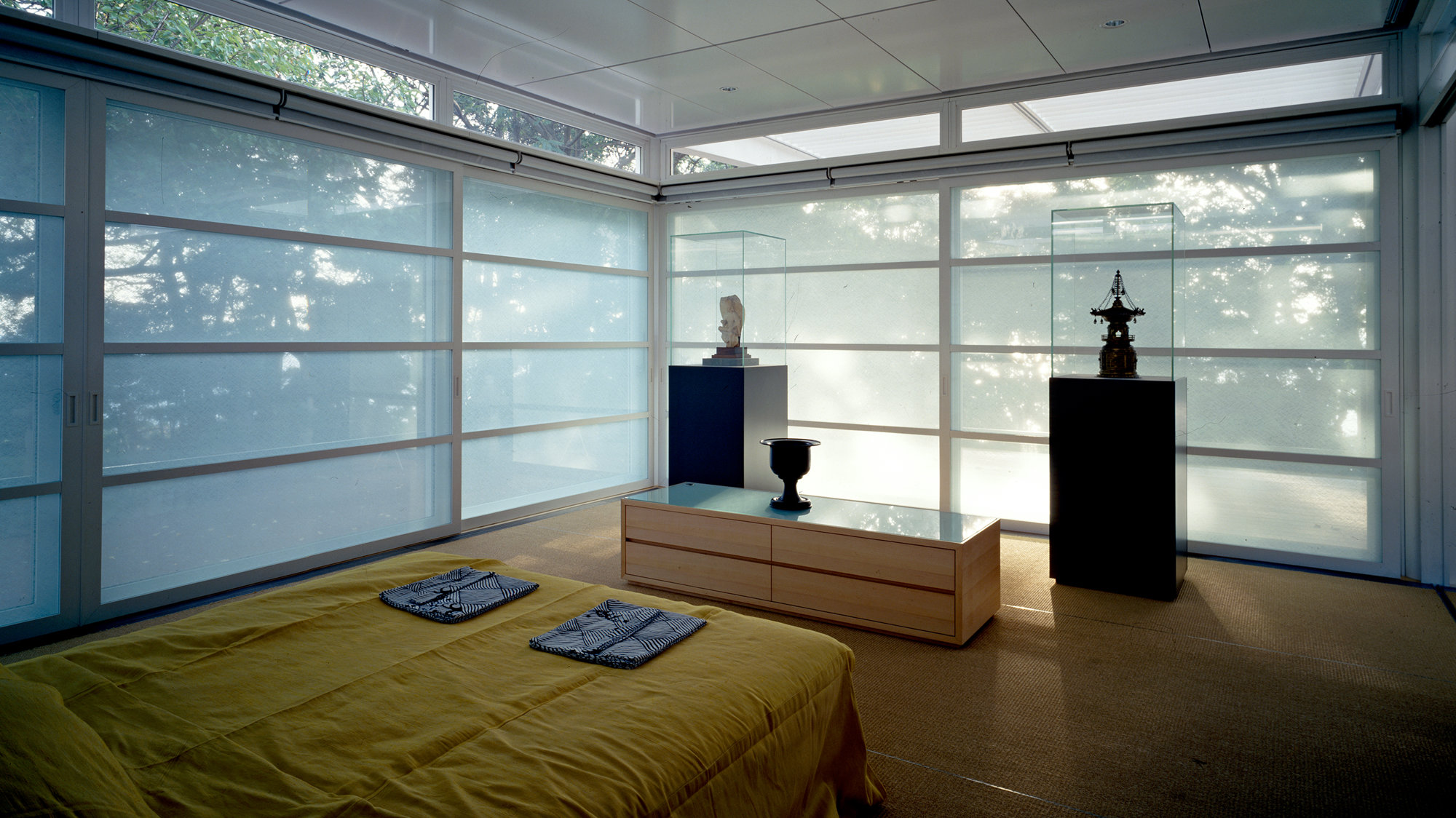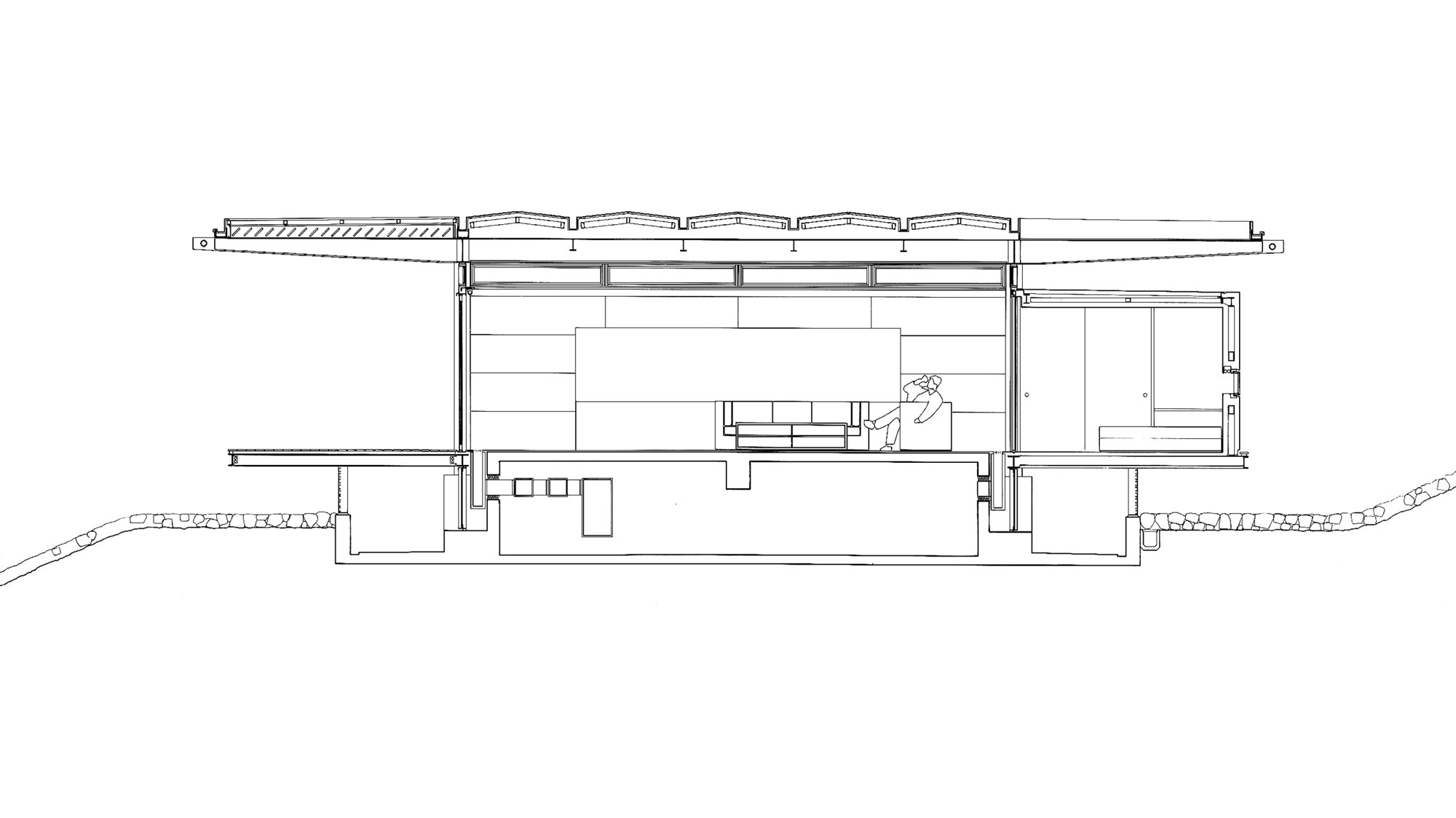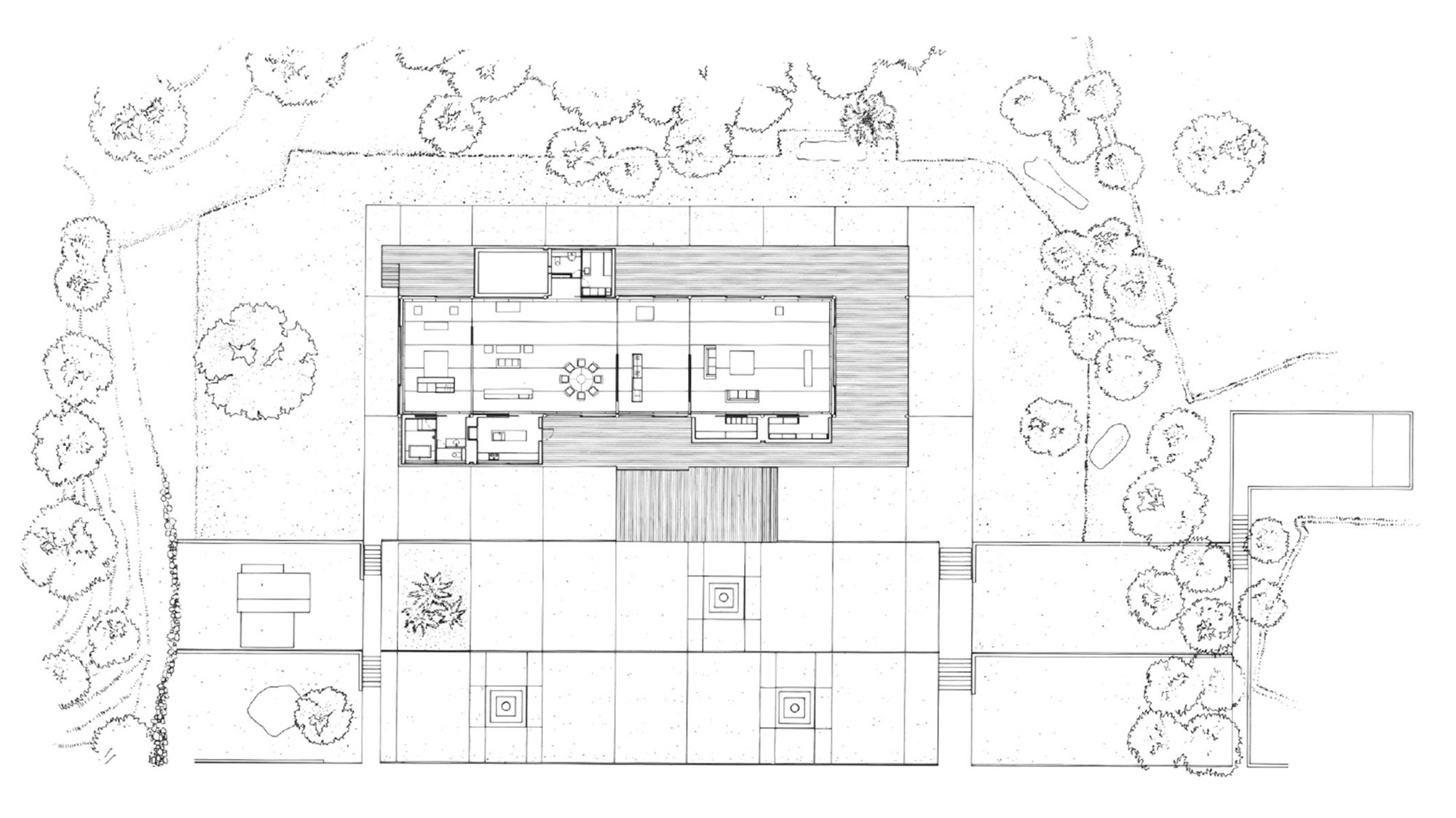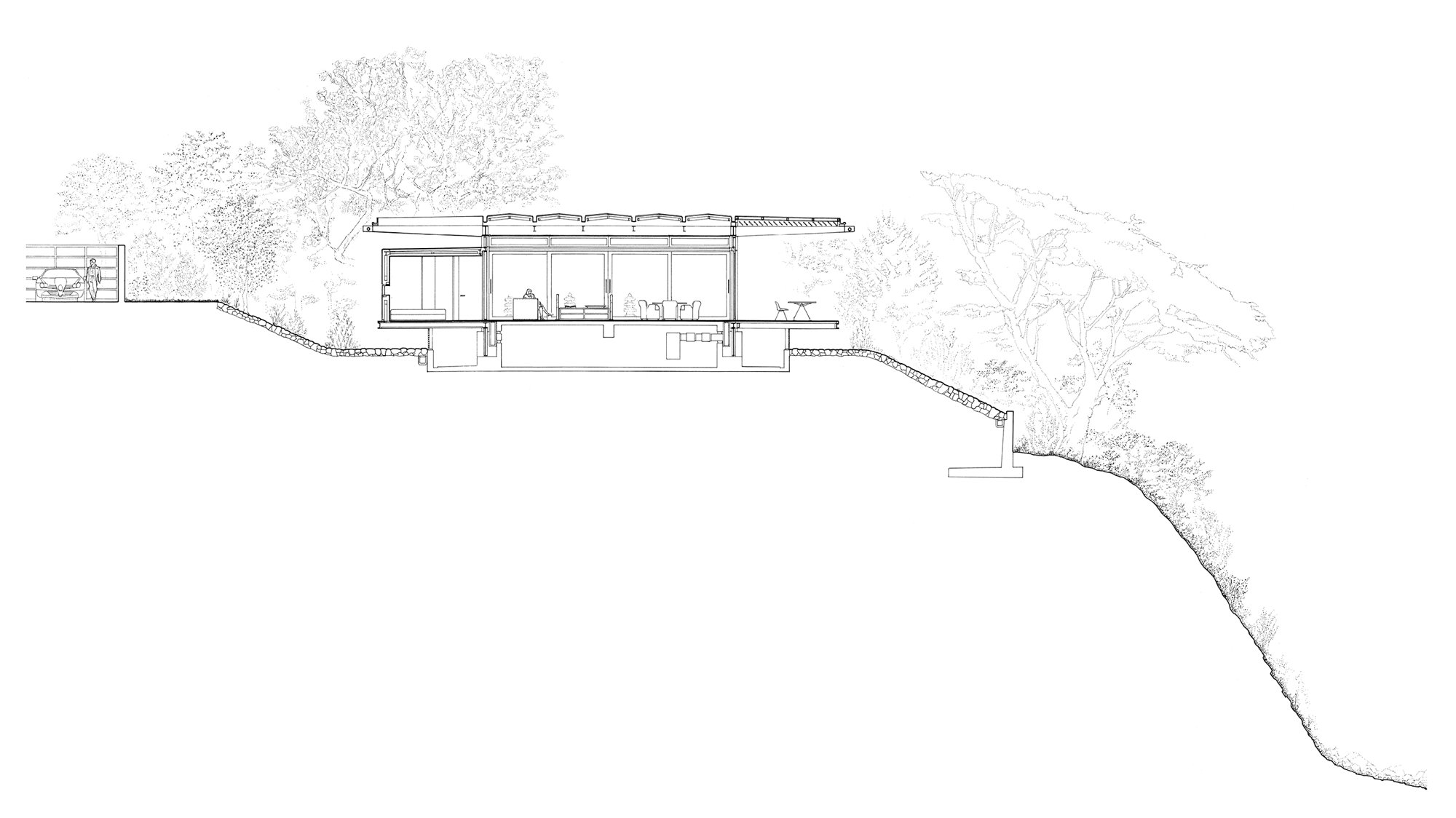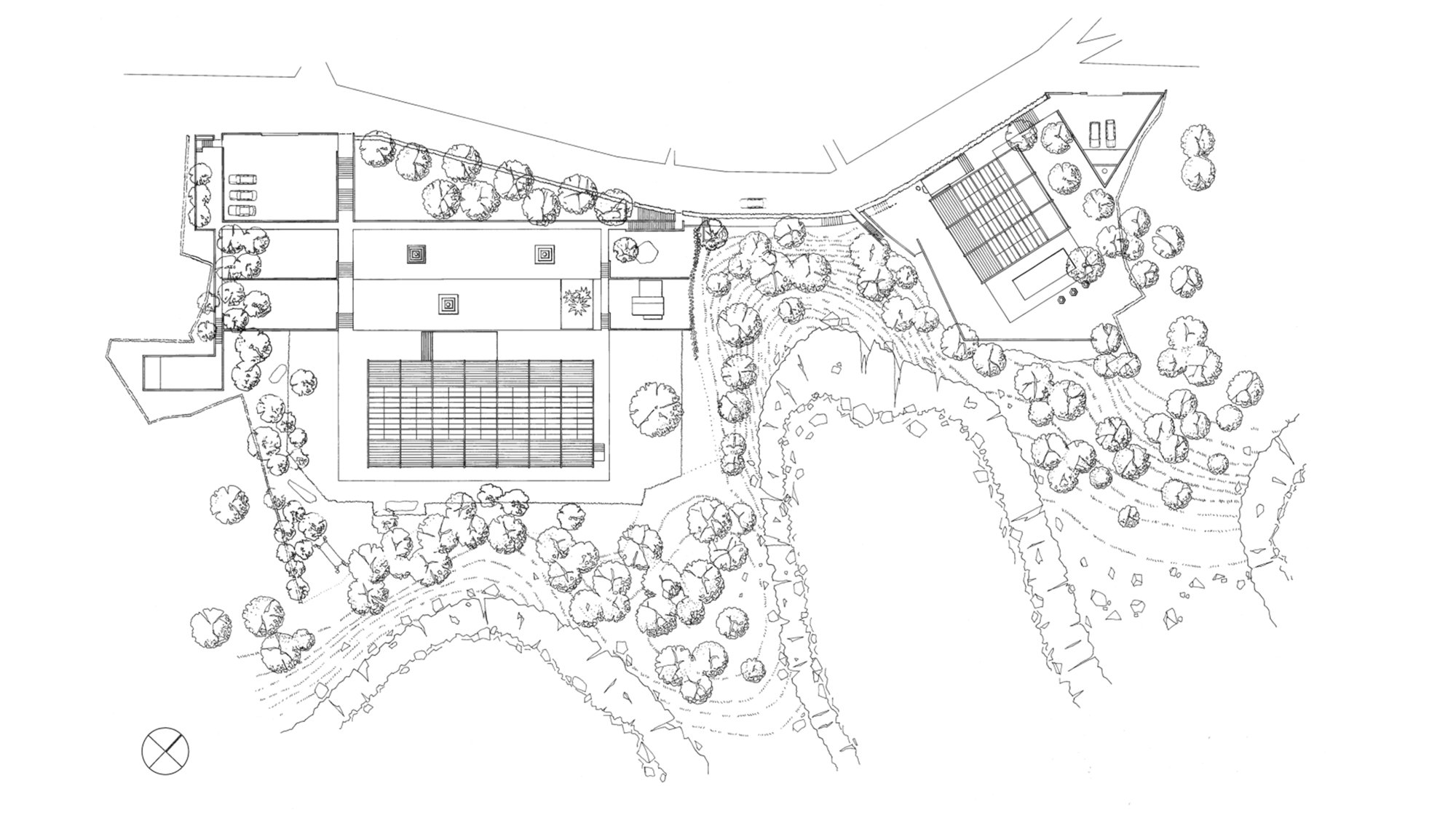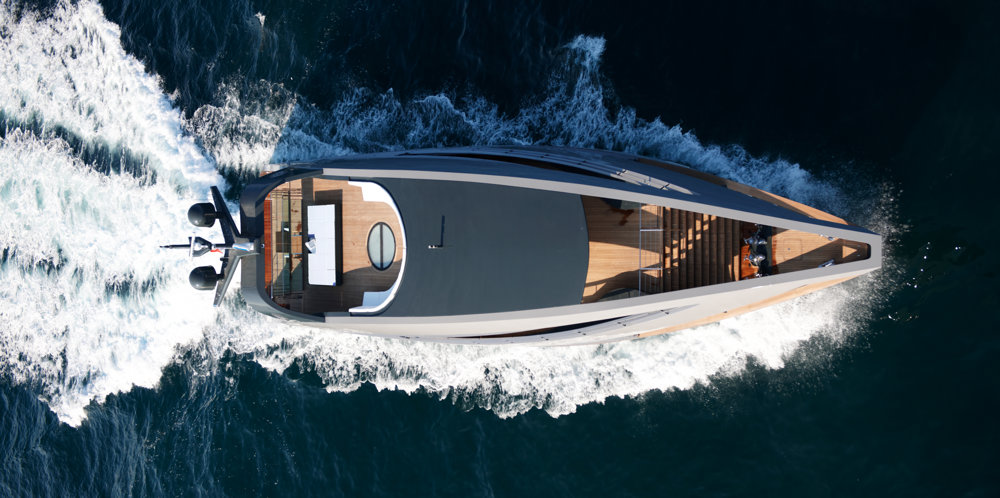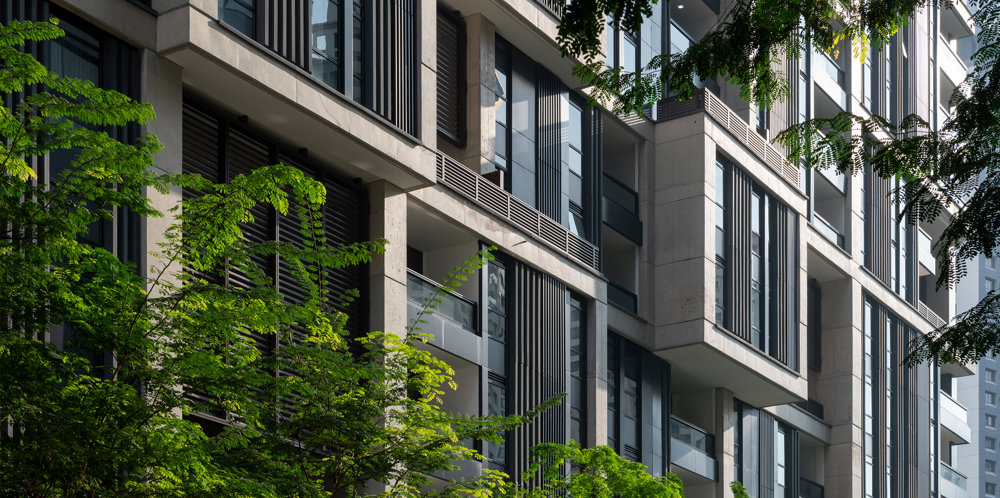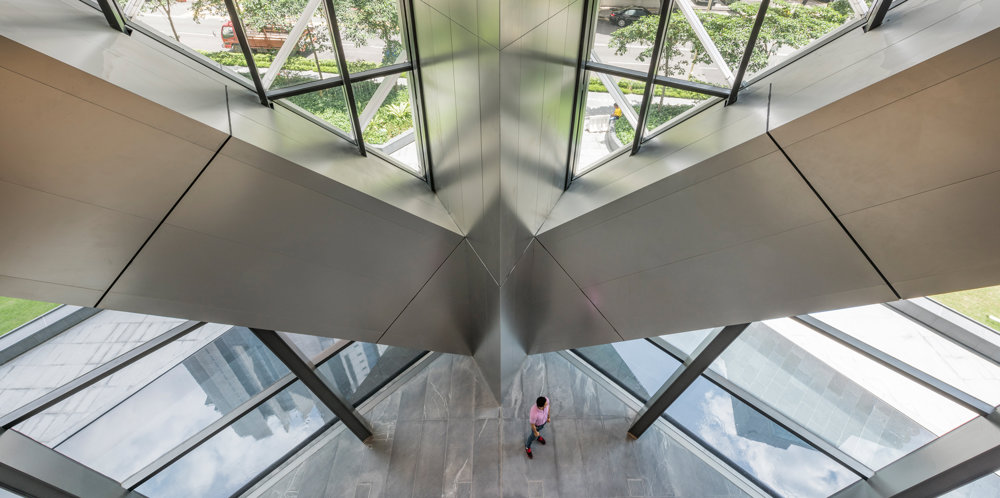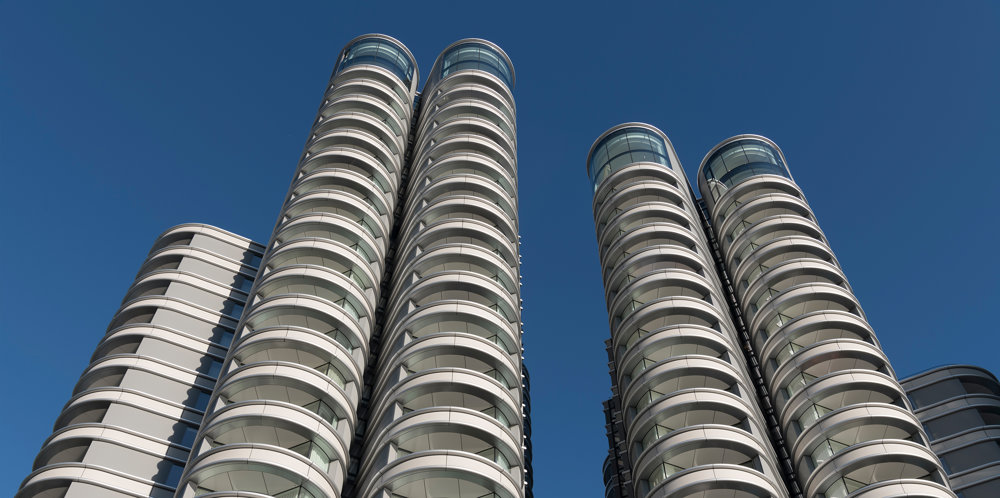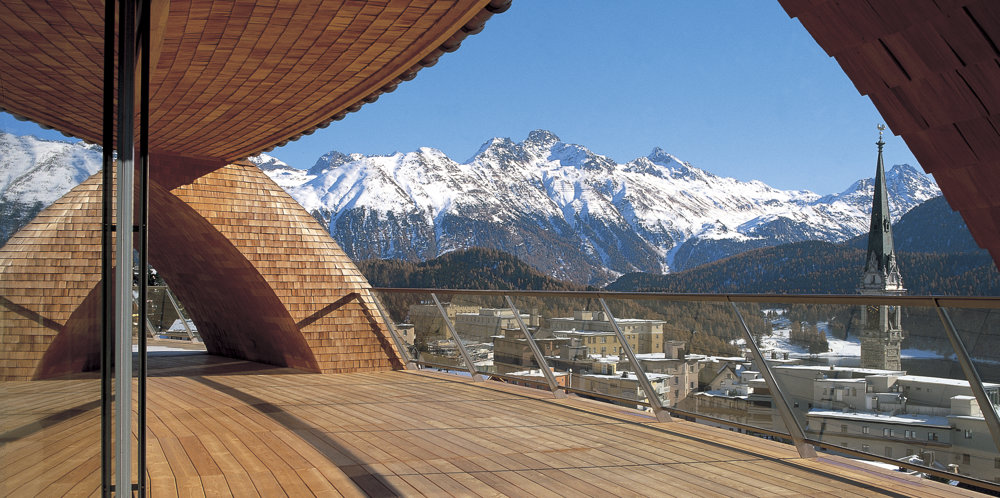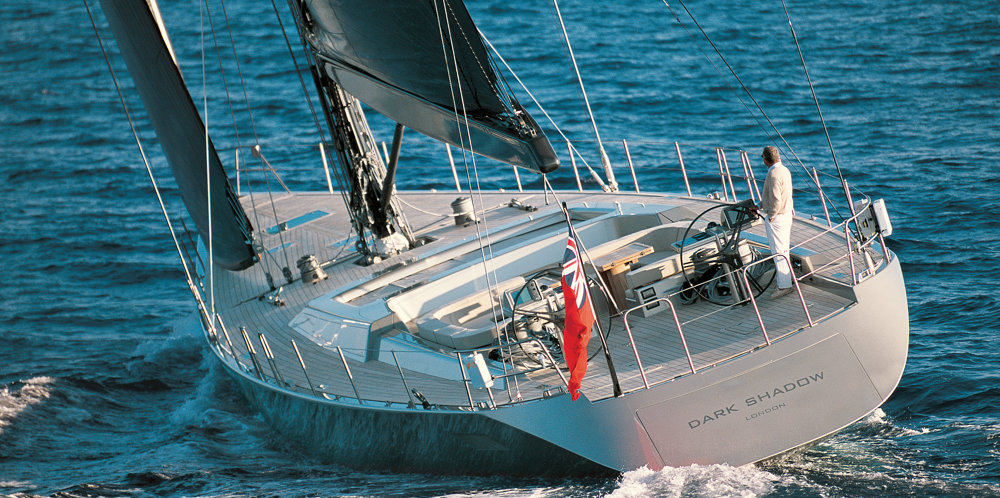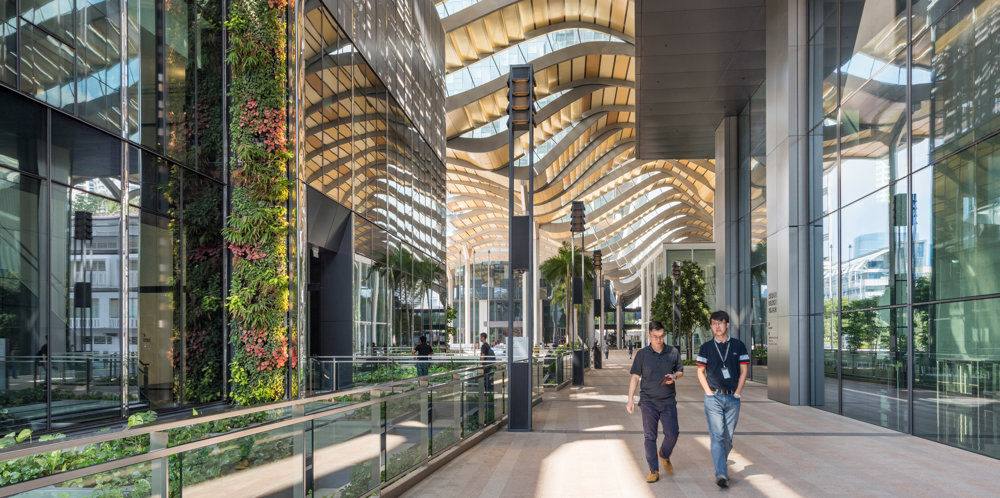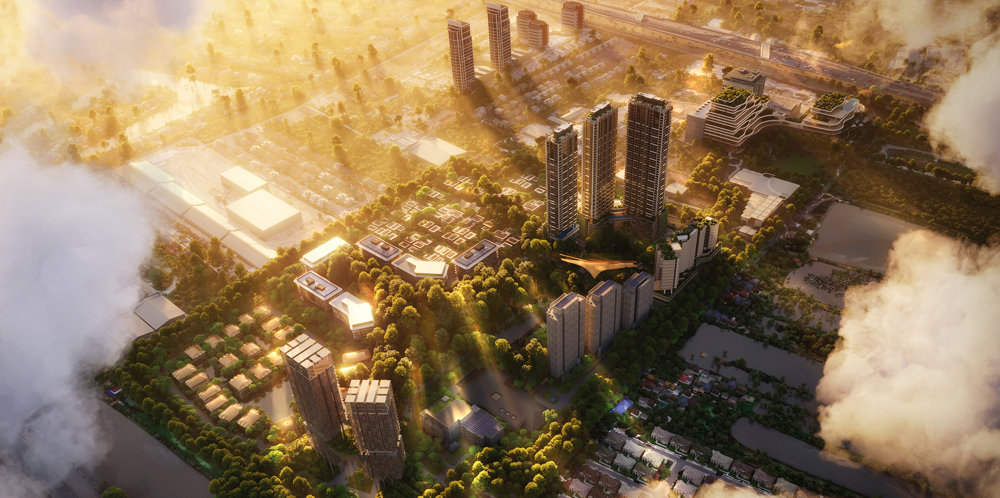The Kawana house, with its adjoining guesthouse, is one of several projects undertaken with the same client over a number of years. Early discussions focused on traditional Japanese architecture and were latterly distilled into a modern response. The result is a fusion of two traditions: the Japanese love of harmony and respect for nature and the Western refinement of a dematerialised architecture of steel and glass.
Situated on a dramatic stretch of volcanic coastline where long, inaccessible fingers of lava jut into Sagami Bay, the change in levels across the site and the views out to sea are central to the project’s design. Set on a raised platform, the house is positioned so that the main living areas have uninterrupted views out to sea. Services and storage areas are arranged around the perimeter, allowing the central accommodation to be configured as a single continuous, open and flowing sequence. The framed structure creates seven rectangular bays. These top-lit spaces can be subdivided by means of sliding screens, while adjustable louvres control the quality of natural light through the glazed roof. Full-height glazed sliding doors line the perimeter, allowing the living spaces to open out on to adjoining terraces, thus eroding divisions between inside and out. The surrounding landscape combines new elements with existing features. Mature trees line the cliff top, while newly planted camphor trees provide privacy from the road. Stone lanterns, some dating from the eighth century, are positioned around the house and a small teahouse of the late Edo period, brought from Shimane prefecture, completes the overall composition.
As a precursor to several future projects for the same client, including most recently the Kamakura house, the Kawana house laid the foundations for an enduring relationship that has enabled a profound exploration of traditional Japanese architecture in a modern context. The enlightened and intrepid spirit of this body of work has spearheaded an intense and expansive investigation – an attempt to conceive a humane architecture rooted in essential traditions from East and West.









